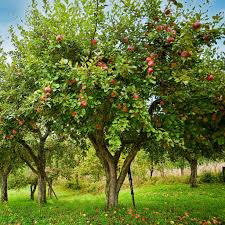2 year crop's

you are referring to a specific crop that takes two years to grow and mature, it could be a long-duration crop such as certain fruit trees, perennials, or biennial crops. These types of crops have longer growth cycles compared to annual crops, which typically complete their life cycle within one year. https://www.highrevenuegate.com/y70bkeqz3f?key=308918198ee6616f12db89142bab41a5 Apple Trees : Some apple tree varieties can take up to two years to produce a significant harvest after being planted. Blueberries: Depending on the variety and growing conditions, blueberry bushes can take about two years to establish and start producing a substantial crop. Asparagus: Asparagus is a perennial vegetable that takes about two years to establish a strong root system before the first significant harvest can be obtained. Biennial crops : Certain crops like carrots, onions, and parsnips are classified as biennials. They require two growing seasons to complete thei...


